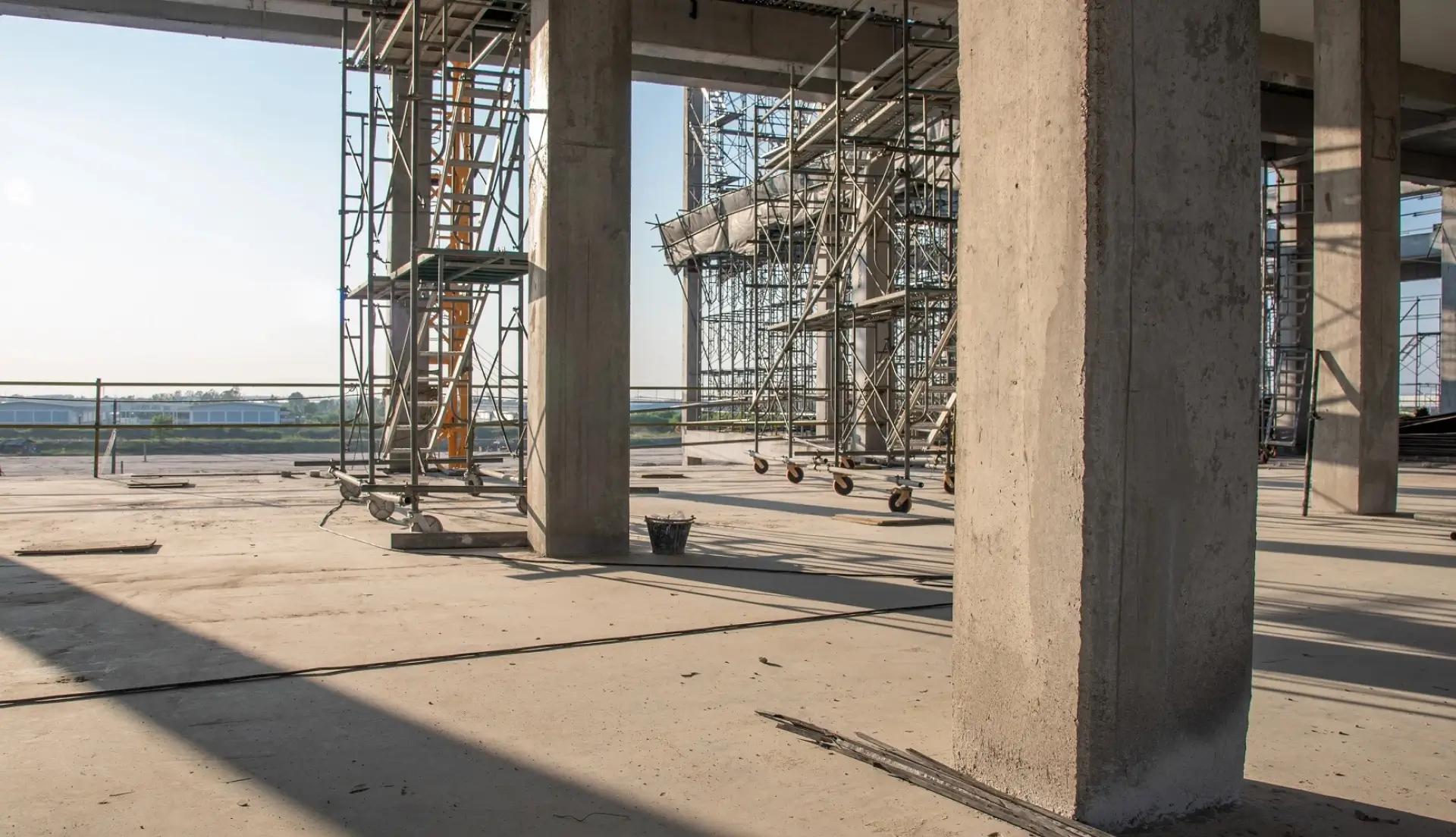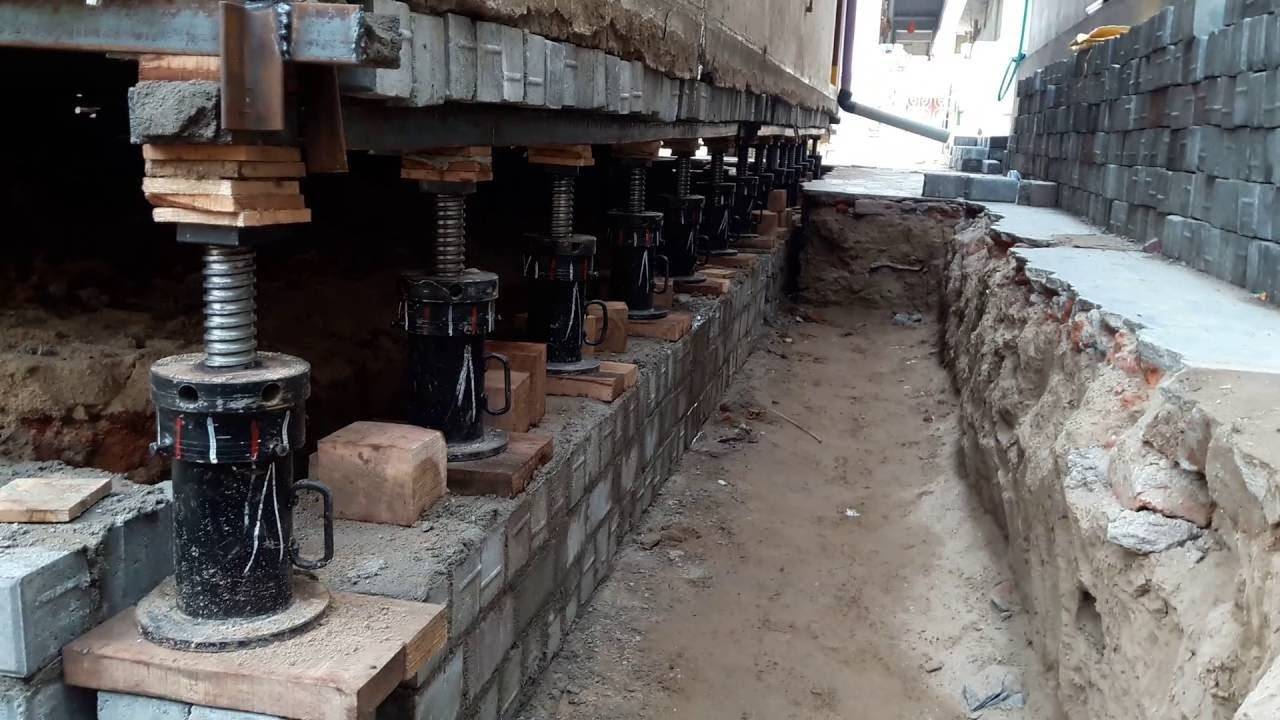House raising is a crucial strategy for homeowners living in flood-prone areas. It involves elevating a house above its original foundation to protect it from floodwaters. This comprehensive guide covers the importance of house raising in flood zones, the steps involved, associated costs, benefits, and successful case studies.
Key Takeaways
- House raising is vital for protecting homes in flood zones from water damage.
- The process includes assessing the site, obtaining permits, and elevating the structure.
- Costs vary based on house size, foundation type, and regional factors.
- Benefits include increased safety, reduced insurance premiums, and enhanced property value.
- Case studies highlight the effectiveness of house raising in preventing flood damage.
Importance of House Raising in Flood Zones
Protecting Your Home and Investment
Flooding can cause extensive damage to homes, leading to costly repairs and potential loss of property. By raising your house, you protect it from floodwaters, safeguarding your investment and ensuring the longevity of your home.
Compliance with Regulations
Many flood-prone areas have regulations requiring homes to be elevated above certain levels to mitigate flood risks. House raising ensures compliance with these regulations, avoiding potential fines and legal issues.
Enhancing Safety
Elevating your house reduces the risk of floodwaters entering the living spaces, thereby enhancing the safety of its occupants. This proactive measure protects your family and valuable belongings from the devastating effects of floods.

Steps Involved in Raising a House in Flood Zones
Site Assessment and Planning
The first step in house raising is a thorough site assessment. This includes evaluating the soil conditions, checking for underground utilities, and determining the appropriate elevation height based on local regulations and flood risk levels.
Obtaining Permits and Approvals
Before starting the house raising process, you must obtain the necessary permits and approvals from local authorities. This ensures that the project complies with all building codes and zoning laws.
Preparing the House
Preparation involves disconnecting utilities, removing any obstacles around the house, and reinforcing the structure. This step is crucial to ensure the safety and stability of the house during the lifting process.
Lifting the House
Using hydraulic jacks and other specialized equipment, the house is carefully lifted to the desired height. This process requires precision and expertise to avoid damage to the structure.
Securing the Foundation
Once the house is elevated, the foundation is reinforced and secured. This may involve adding new piers, beams, or other support structures to ensure the house remains stable and secure at its new height.
Reconnecting Utilities and Final Inspection
After the house is securely in place, utilities are reconnected, and a final inspection is conducted to ensure everything meets local building codes and safety standards.
Costs Associated with Raising a House in Flood Zones
Factors Influencing Costs
Several factors influence the cost of raising a house, including:
- House Size and Structure: Larger and multi-story homes require more labor and materials, increasing costs.
- Foundation Type: Slab foundations are generally more expensive to lift compared to pier and beam foundations.
- Soil Conditions: Unstable or challenging soil conditions can increase costs due to additional reinforcement required.
- Local Labor Rates: Labor rates vary by region, impacting overall project costs.
- Permits and Inspections: Obtaining necessary permits and ensuring compliance with local regulations add to the overall expense.

Average Cost Estimates
The cost of house raising can range from $20,000 to $100,000, depending on the factors mentioned above. Here is a general breakdown of the costs involved:
| House Size | Cost Range |
| Small Homes (< 1,500 sq ft) | $20,000 – $40,000 |
| Medium Homes (1,500 – 2,500 sq ft) | $40,000 – $70,000 |
| Large Homes (> 2,500 sq ft) | $70,000 – $100,000 |
Benefits of House Raising for Flood Protection
Reduced Flood Risk
Raising your house above the base flood elevation (BFE) significantly reduces the risk of flood damage. This protection is especially crucial in flood-prone areas, where homes are vulnerable to water damage during heavy rains or storms.
Lower Insurance Premiums
Elevated homes are less likely to suffer flood damage, leading to lower flood insurance premiums. This can result in substantial savings over time, offsetting the initial cost of house raising.
Increased Property Value
Homes that are protected from flood damage are more attractive to potential buyers, increasing the property’s market value. Elevated homes are seen as safer and more resilient, making them a valuable asset in flood-prone areas.
Enhanced Safety and Peace of Mind
House raising provides peace of mind by ensuring that your home is protected from floodwaters. This enhances the safety of your family and secures your property against future flood events.

Case Studies of Successful House Raisings in Flood Zones
Gulf Coast Home
A homeowner in the Gulf Coast elevated their 2,000-square-foot house using hydraulic jacking. The project cost $75,000 and took three weeks to complete. The elevation protected the home from future flood damage and increased its market value by 20%.
Midwest Residence
A Midwest homeowner stabilized their home using helical piers after experiencing severe foundation settling. The project cost $35,000 and provided a permanent solution to the foundation issues. The homeowner reported improved structural stability and peace of mind.
East Coast Property
An East Coast property owner used slab jacking to level their driveway and patio. The project cost $5,000 and was completed in two days. The homeowner appreciated the minimal disruption and quick results.
How Terrafirm Leveling Can Help
Terrafirm Leveling specializes in house raising and foundation repair services tailored to the unique challenges of the Gulf Coast. With over two decades of experience, we provide targeted, efficient solutions that restore peace of mind and protect your investment. Our expert team uses cutting-edge techniques and unparalleled craftsmanship to ensure your home remains safe and stable for generations to come. Contact us today to learn how we can help with your house raising needs.
Conclusion
House raising is a crucial step for homeowners in flood-prone areas. By understanding the importance, process, costs, and financial benefits, you can make informed decisions to protect your home. With the expertise of Terrafirm Leveling, you can ensure your house raising project is completed with precision and care, providing long-lasting stability and peace of mind.
FAQs
1. What is house raising?
House raising involves lifting a house from its foundation to protect it from flooding, repair the foundation, or create additional space.
2. How long does the house raising process take?
The duration depends on the size and condition of the house, as well as the complexity of the project. Typically, it ranges from a few days to several weeks.
3. Is house raising safe?
Yes, when performed by experienced professionals, house raising is a safe and effective method for protecting homes and ensuring their structural integrity.
4. How much does it cost to raise a house?
Costs can vary widely based on factors such as house size, foundation type, and local labor rates. On average, costs range from $20,000 to $100,000.
5. What are the benefits of house raising?
Benefits include improved structural integrity, increased property value, enhanced safety, and additional living space.
6. Can all houses be raised?
Most houses can be raised, but the feasibility depends on the structure’s condition and the surrounding environment.
7. What types of foundations are suitable for raising?
Both pier and beam and slab foundations can be raised, though the methods and costs may differ.
8. What permits are needed for house raising?
Permits vary by location but generally include building permits and floodplain development permits. Check with local authorities for specific requirements.
9. Will raising my house prevent future foundation problems?
Yes, raising and repairing the foundation stabilize the structure and prevent future damage from flooding and soil instability.
10. How can Terrafirm Leveling help with my house raising needs?
Terrafirm Leveling offers expert house raising and foundation repair services, ensuring your home remains safe and stable. Contact us for a consultation.




